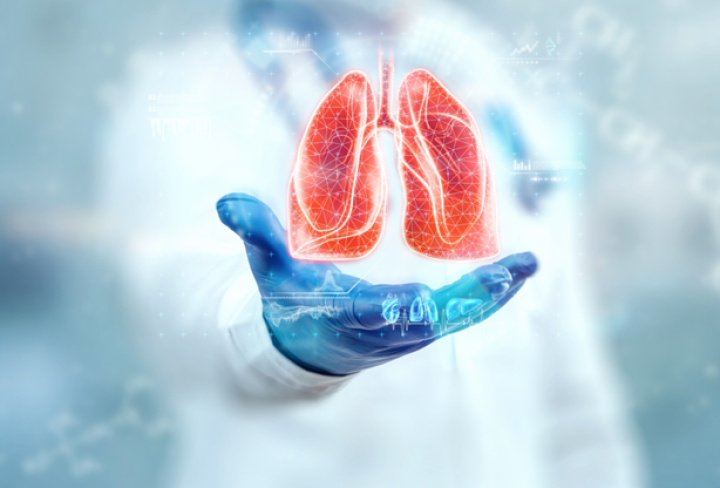Today, many people struggle with emphysema, a condition affecting the lungs, making breathing hard. With rising air pollution and smoking habits, it is crucial to know how to manage this disease effectively. This guide is handy for anyone affected by emphysema, either personally or through family and friends. Understanding the condition can lead to better management, helping to improve life quality and daily comfort.
Understanding Emphysema: An Inside Look
So, what is emphysema? It is a lung disease that damages the air sacs, causing them to lose their elasticity. This makes breathing difficult. Over time, the condition can worsen, especially without treatment. There are different types of emphysema with unique characteristics, each impacting the lungs in specific ways. Knowing these can assist in identifying the condition and seeking proper help.
Breaking Down the Types of Emphysema
- Centrilobular Emphysema (CLE): Most common, often linked to smoking, affecting the upper lobes of the lungs.
- Panlobular Emphysema (PLE): Impacts the lower lobes and damages the entire alveoli.
- Paraseptal Emphysema (PSE): Affects the lung’s outer areas, sometimes leading to spontaneous lung collapse.
- Bullous Emphysema: Characterized by large air spaces (bullae) in the lungs.
- Subcutaneous Emphysema: Air escapes into the skin layer. Though different, understanding these types helps in recognizing clinical signs of emphysema and seeking appropriate care.
Emphysema vs. COPD: Key Differences
Emphysema and Chronic Obstructive Pulmonary Disease (COPD) might sound similar but differ significantly. While emphysema specifically damages air sacs, COPD includes other obstructive lung diseases. Accurate diagnosis is vital for effective treatment, ensuring that one receives the correct treatment vital for managing symptoms and slowing progression.
What Causes Emphysema?
The leading cause of emphysema is smoking, which deteriorates lung health significantly. Other contributing factors include long-term exposure to pollutants and chemicals. Some individuals are genetically predisposed to emphysema, making age another factor. While avoiding smoke and irritants can help, understanding these risk elements aids in prevention and early management.
Recognizing Symptoms and Early Signs
Common clinical signs of emphysema include shortness of breath, frequent coughing, and feeling tired. Spotting these signs early is crucial. The earlier you detect emphysema, the better you can manage symptoms. Taking prompt action helps maintain lung function and improves overall quality of life.
Diagnosing Emphysema: What You Need to Know
Diagnosis involves various tests like lung function tests and CT scans to confirm emphysema. Knowing your lung health early on offers a significant advantage. Early diagnosis allows for timely intervention, helping manage the disease more effectively and retaining better lung capacity.
The Four Stages of Emphysema
Emphysema progresses through four stages: 1. Early: Mild symptoms, manageable. 2. Moderate: Breathing becomes more challenging. 3. Severe: Noticeable breathlessness with simple tasks. 4. Very Severe: Breathing difficulty nearly all the time.
Recognizing when the disease progresses allows for adjusted management strategies tailored to each stage, improving daily life.
Effective Emphysema Treatments & Lifestyle Management
Managing emphysema involves several treatment options. Pulmonary rehabilitation and oxygen therapy are vital tools in improving life quality. Doctors often prescribe medications and inhalers that help during flare-ups by opening airways. Changing daily habits, like exercising regularly and eating healthily, significantly boosts lung function. Smoking cessation is critical, and many resources are available, like support groups and quitting aids, to help individuals stop smoking, significantly slowing disease progression.
Supporting Loved Ones with Emphysema
Providing support to someone with emphysema is crucial. Be there emotionally, help with proper meals, and assist with exercises. Creating a smoke-free, clean environment free of irritants helps too. Encourage relaxation and ensure their comfort at home. Knowing how to effectively aid a loved one with emphysema boosts their morale, making everyday life a little easier for both the patient and the caregiver.

